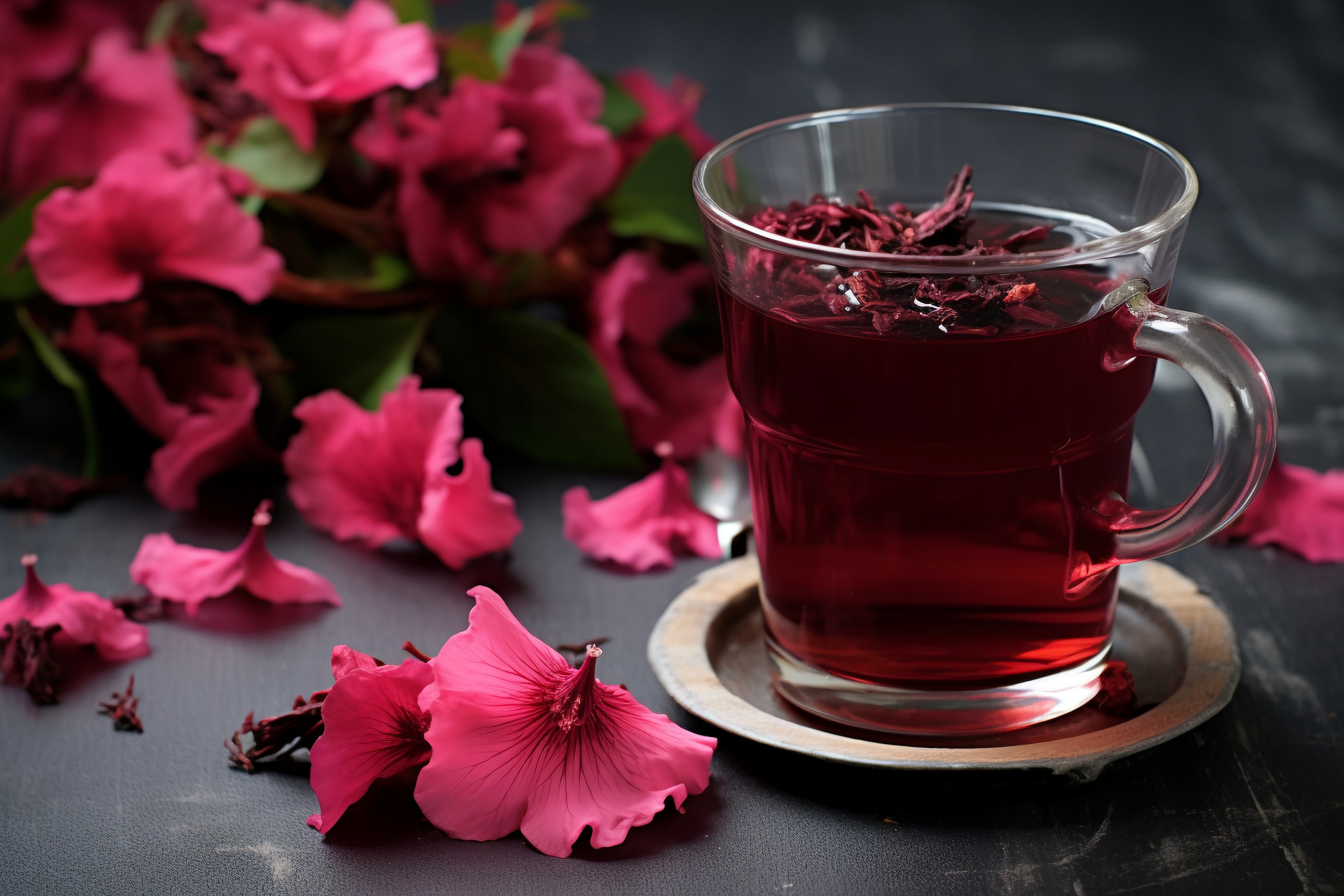Sangye leaves are produced in various regions of China, mainly in Anhui, Sichuan, and Hunan. They are dried leaves of the mulberry plant, a member of the Moraceae family, found in Jiangsu, Zhejiang, and other areas. Sangye leaves have the effects of dispersing wind-heat, clearing and moisturizing the lungs, clearing the liver and improving eyesight, lowering blood pressure and cholesterol, and preventing the formation of blood clots and atherosclerosis.
Dispersing Wind-Heat
Sangye leaves have the function of dispersing wind-heat and relieving lung heat. They can be used to treat external wind-heat, headache, cough, and redness of the eyes caused by wind-heat. They can also clear liver fire and alleviate redness, swelling, and pain of the eyes caused by liver fire.
Lowering Blood Pressure
The γ-amino butyric acid, aucubin, and quercetin in Sangye leaves have the effect of lowering blood pressure. γ-amino butyric acid is a neurotransmitter that can promote brain tissue metabolism and restore brain cell function. It can also improve blood flow in the brain and enhance the activity of angiotensin-converting enzyme I, leading to a decrease in blood pressure.
Lowering Blood Lipids
The active ingredients in Sangye leaves include 1-deoxynojirimycin (DNJ), phytosterols, and flavonoids. Sangye leaves can strengthen capillaries, reduce blood viscosity, inhibit the formation of fatty liver, lower serum lipids, and prevent the formation of atherosclerosis.
Beauty and Anti-Aging
The components such as quercetin, phenolic compounds, flavonoids, and vitamin C in Sangye leaves have antioxidant and free radical scavenging effects, which can prevent aging and promote beauty.
Moisturizing the Lungs
Sangye leaves have a bitter and cold nature, which can clear lung heat and nourish yin, moisturize the lungs, and therefore can be used for lung dryness and cough with little phlegm caused by dry-heat.












